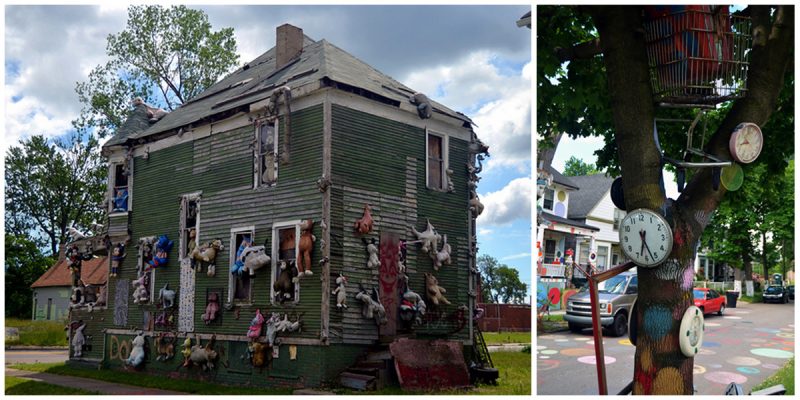The story of Detroit’s Heidelberg Project is part of a tradition of artists transforming portions of blighted neighborhoods through site-specific art. It is an outdoor art project in Detroit, Michigan created in 1986 by artist Tyree Guyton. Guyton started the Project in 1986 in the Heidelberg Street Neighborhood where he grew up. It started as a project with his grandfather, Sam Mackey, and continued for decades. The project gets its name from Heidelberg Street, which serves as its axis between Ellory and Mt Elliott on Detroit’s east side.
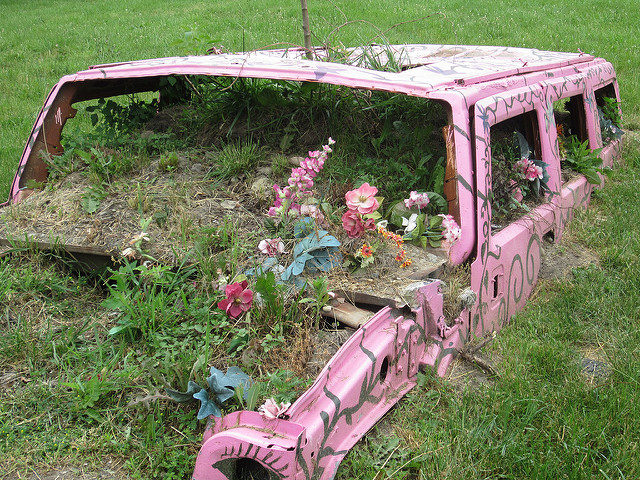
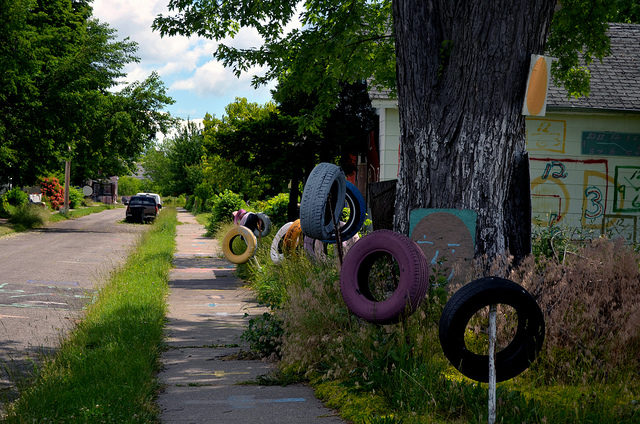
It is in part a political protest, as Tyree Guyton’s childhood neighborhood began to deteriorate after the 1967 riots. Guyton described coming back to Heidelberg Street after serving in the Army. Guyton and director Jenenne Whitfield gave lectures and workshops on the project around the country and the main goal was to develop the Heidelberg Project into the city’s first indoor and outdoor museum.
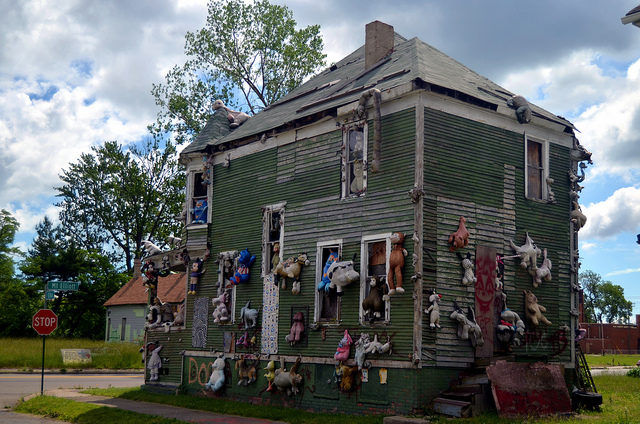
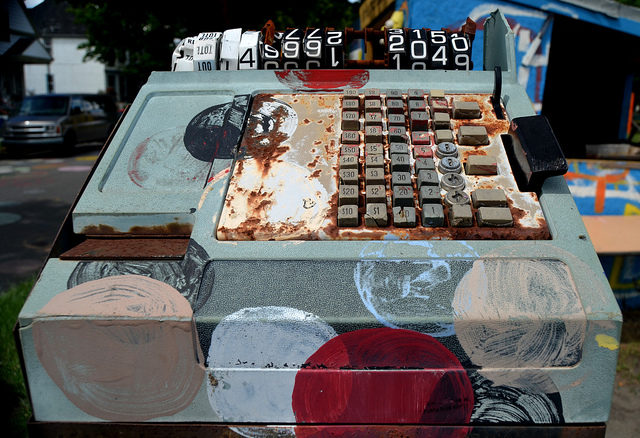
Guyton has covered a two-block area with hundreds of discarded items left by former residents: dolls, record albums, rusty bicycles, clocks and car hoods. The pothole-filled streets are painted with polka dots. The trees are filled with items such as shoes hanging from their laces.
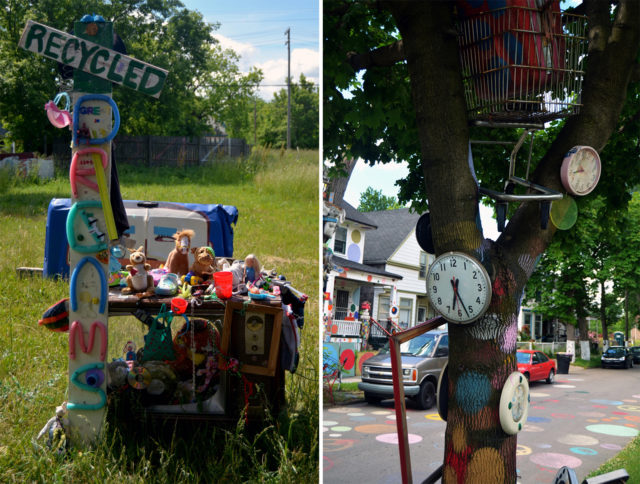
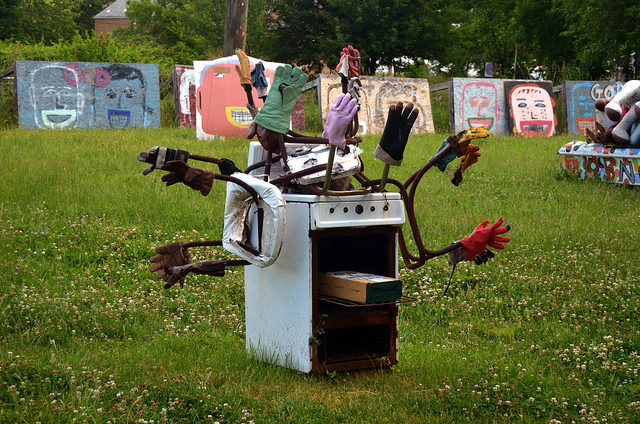
Each of the houses that Guyton transformed on Heidelberg Street had a theme: the New White House; Number House; Obstruction of Justice House; House of Soul; War House; The Baby Doll House; and Fun House, among others.
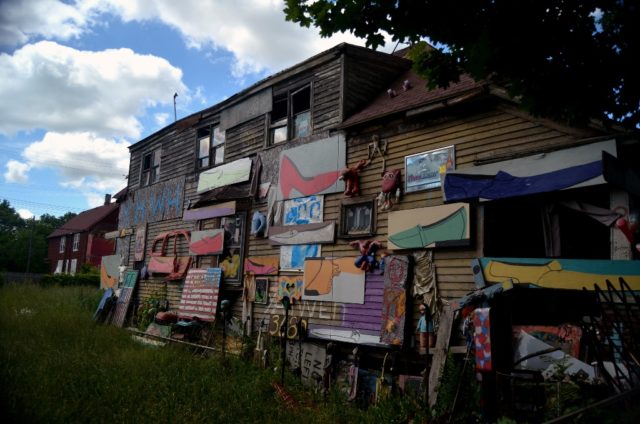
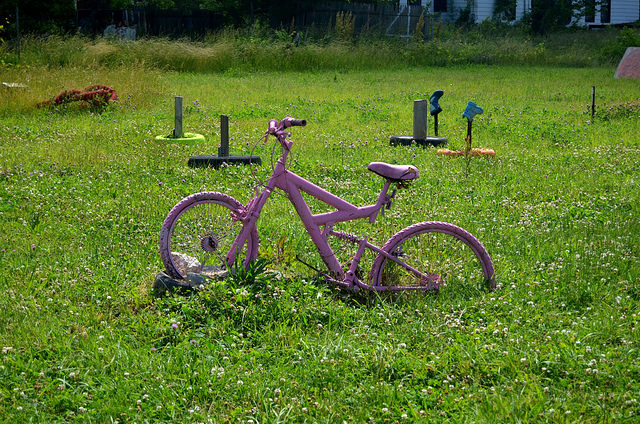
On two occasions, the Heidelberg Project faced complete destruction by the City of Detroit on the basis of the barriers to urban planning it represented. In November 1991, under Mayor Coleman Young, the Heidelberg Project’s “The Baby Doll House”, “Fun House” and “Truck Stop” were completely demolished. Under Mayor Dennis Archer, a second demolition of the Heidelberg Project was ordered on February 4, 1999, that ended in the destruction of the houses Guyton termed “Your World”, “Happy Feet” and “The Canfield House”. Even with the damage, the site is still very much active and the Heidelberg Project’s goal continues to be to preserve the site and its legacy for future generations.
